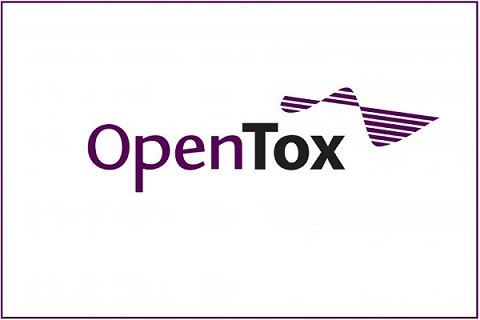The SafeDESIgn imaging-based toxicity reporter platform for chemical safety assessment
This virtual meeting will include a perspective from Bob van de Water (University Leiden, DESI) and a discussion session.
High drug attrition rates are the main cause for the (exponentially) increasing healthcare cost. The lack of predictive in vitro models to either accurately test drug efficacy or determine toxic side effects in an early phase of drug development is causing this high failure rate. At Leiden University we developed the innovative SafeDESIgn reporter platform that we use to accurately assess the efficacy and/or safety of chemicals. The generated fluorophore reporter cell lines can be imaged with a confocal microscope over time so that we can accurately quantify the early dynamic adaptive signaling changes. By doing so we can not only determine if a chemical at a certain concentration is toxic, but also which adaptive/adverse pathways are activated. This is crucial information if we want to predict human safety levels for these chemicals.
Over the last couple of years we further developed the system improving the throughput and robustness. Besides the standard 2D culturing method, the reporters can also be cultured in 3D allowing for repeated dosing in a more differentiated liver spheroid system. Currently we are commercializing the technology in a Leiden University CRO based spin-off called “DESI” (Drug efficacy & Safety Imaging). In the webinar we will further explain the reporter platform, show some neat fluorophore time-lapse movies, give some examples of how we applied the technology in some industrial case studies and there will be plenty of time for discussion and Q&A.

